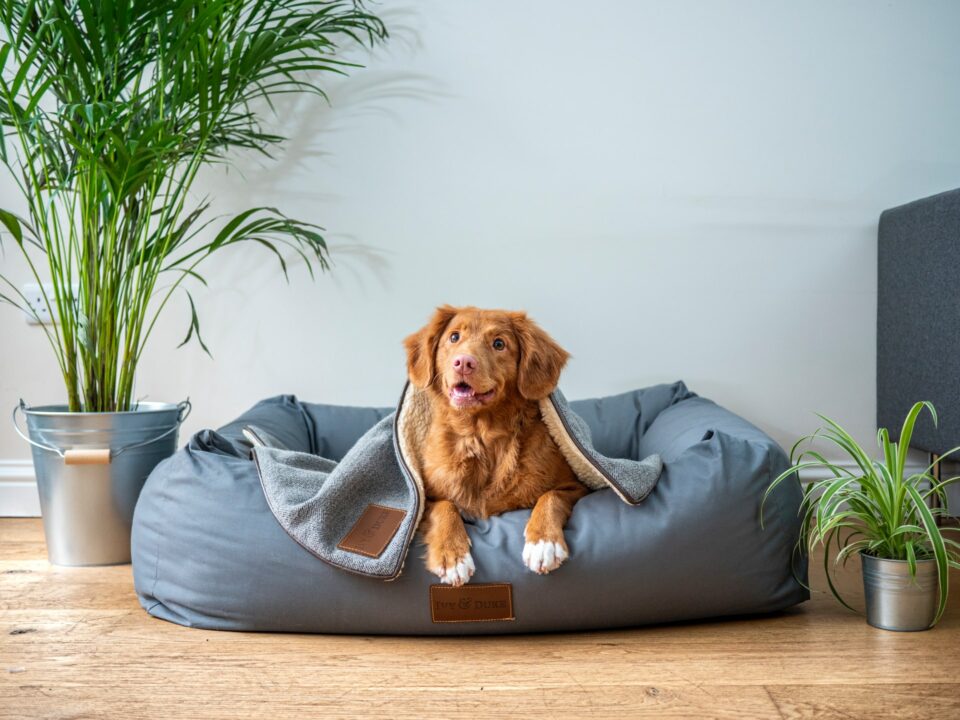From bringing home a young puppy or kitten to welcoming an older pet to the family, you will want to make sure your house is pet-proofed before you pick up your new pet, especially if you rent. Once your furry friend is home, you will be too distracted to worry about preparing and safeguarding your home until it’s too late and damage has already been done. Pet-proofing willkeep your pet safe from injuries and getting sick from chewing things they shouldn’t, and will protect your possessions.
Protect Your Possessions
Take a look around your home and note what you can see. Books, DVDs, toys, slippers, blankets, and anything else that is kept at a level your pet could reach are at risk. It might be a good idea to put them away for the time being, by buying an extra cupboard or blanket basket.
If you don’t want to alter your home too much, that’s fine, especially if you live in a pet friendly apartment complex, but it’s probably best to keep your pets away from any loose items when you’re not around.
Give Them Space
This is important, especially when you’re getting your new pet settled in. This will help to minimize the damage that your puppy or kitten will be able to do when you’re not home.
You might want to create a crate den for your dog, where they’ll feel safe and secure after some training, or pick a room where you don’t mind your cat clawing the furniture. Once they’ve settled and they’re housetrained, you will be able to give them access to more space around the home, but don’t overwhelm them.
Doors, Gates, and Windows
Baby gates are handy to keep a puppy or dog confined in a space you’re happy with, but carts are harder. When you come in and out of your house, make sure to close the door behind you so that your pet can’t get out.
Close the doors of any rooms that you don’t want your pet to get into, and make sure you put down the lid of the toilet!
Invest in some locks for your cupboards, just like you would if you were child-proofing for a toddler. This will stop any climbing pets from getting into the kitchen cabinets.
Look out for any unsafe gaps or accessible narrow confines and try to get them blocked so no pet can get stuck or hurt while they’re exploring their new surroundings.
Learn What’s Toxic
Learn what is toxic to your pet and eliminate it from your home. Dogs and cats can eat some things without harm, but make sure you do your research first to avoid expensive vet visits. The same is true for any plants that you have around the house, as some are toxic to pets.
Antifreeze, rodent poison, cleaning products, and medicinal products should be kept well out of reach or in one of your locked cupboards. Keep anything potentially dangerous well out of harm’s way.
